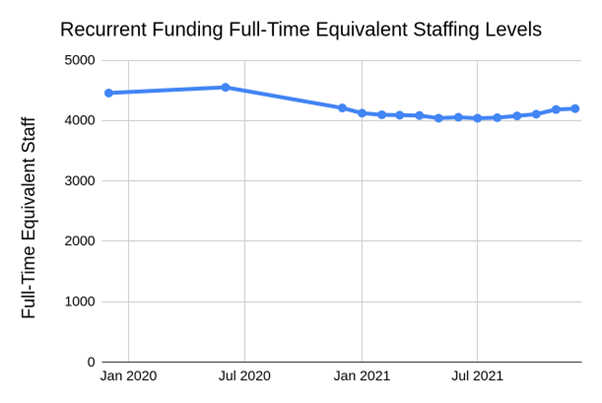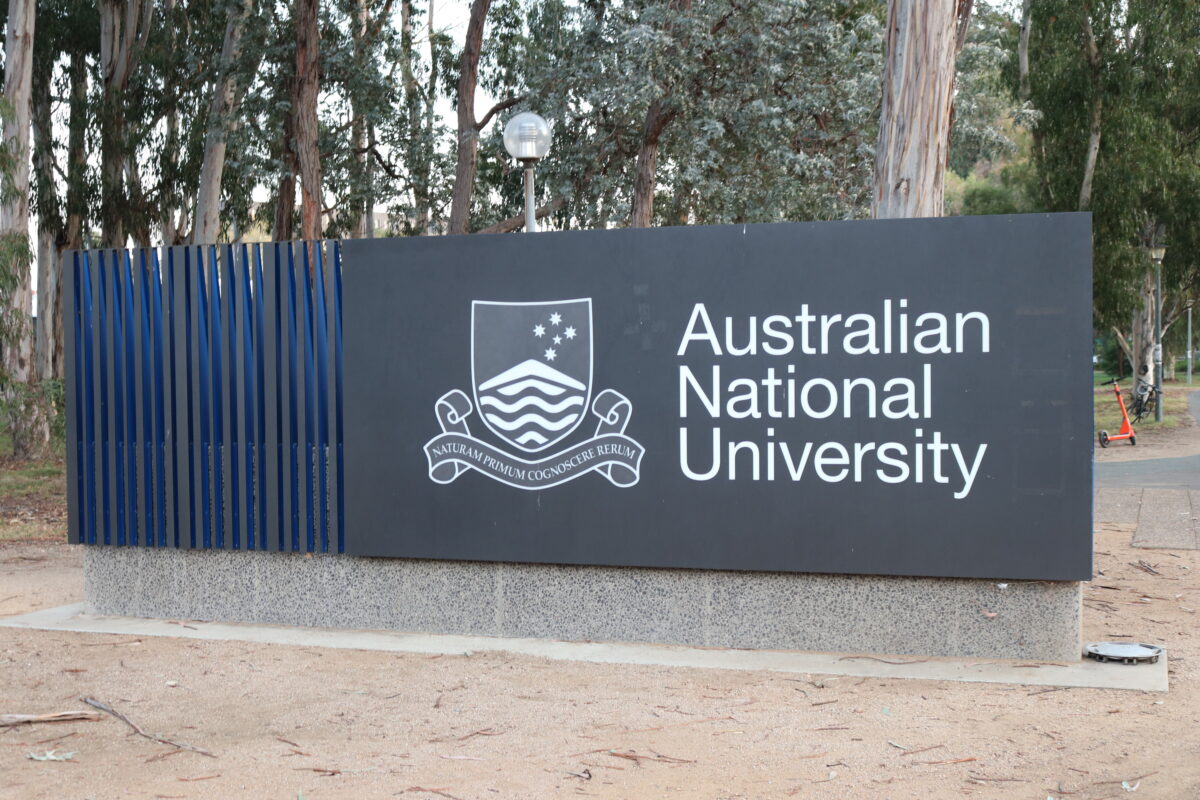The University has performed $150.7 million better than expected last year, while staffing has been reduced by 352 full-time equivalent staff between June 2020 and December 2021. When asked whether the University would have approached its reduction in staffing levels differently if the forecast had been more accurate, a spokesperson for the University responded that “the sacrifices we have made in recent years were necessary for our ongoing success as an institution…” The spokesperson also noted that the filling of vacant positions “means we expect to return to operating deficits in 2022 and 2023.”
In response to the difficulties of 2020, the University looked to be in a difficult state financially with a total deficit of $162.4 million. Staff deferred a pay rise, Executives took a pay cut, and the University put in place a Recovery Plan which forecast operating losses until 2023 and called for cutting back expenditure, including reducing staffing by the “equivalent of 215 positions.” The cost of staff separation payments for the University in 2020 was itself $66 million according to reporting by the Australian Financial Review.
Based on data from the university, the actual reduction from when the Recovery Plan was initiated in 2020 to the end of 2021 was 352 full-time equivalent staff. This only considers recurrently funded positions, which excludes some positions funded through other means.

The full audited financial statements for 2021 won’t be released until later in the year, but some figures have been released by the University. A University spokesperson has said “2021’s final financial figures were not what we budgeted.”
Although an operating deficit was forecast at $120.5 million, there has been an operating surplus of $30.2 million last year. Operating surplus excludes income which can’t be used for operational activity, like insurance proceeds and investments. According to the University, this gap comes roughly in equal part from “better-than-budgeted income including from student retention and research revenue from Government grants and consultancies,” money saved by having “unfilled positions,” and the reduction in fieldwork and travel from COVID-19.
This financial gap comes in the context of 529 courses disestablished between the start of 2020 and June 2021 (see Woroni’s Insight: Course Cuts at ANU Worse Than Anticipated).
According to a University spokesperson, “The 2021 results mean we will borrow less and later than planned. Our financial plans indicate we will reach an operating break-even position in 2024 and a small surplus in 2025.”
We acknowledge the Ngunnawal and Ngambri people, who are the Traditional Custodians of the land on which Woroni, Woroni Radio and Woroni TV are created, edited, published, printed and distributed. We pay our respects to Elders past and present. We acknowledge that the name Woroni was taken from the Wadi Wadi Nation without permission, and we are striving to do better for future reconciliation.
